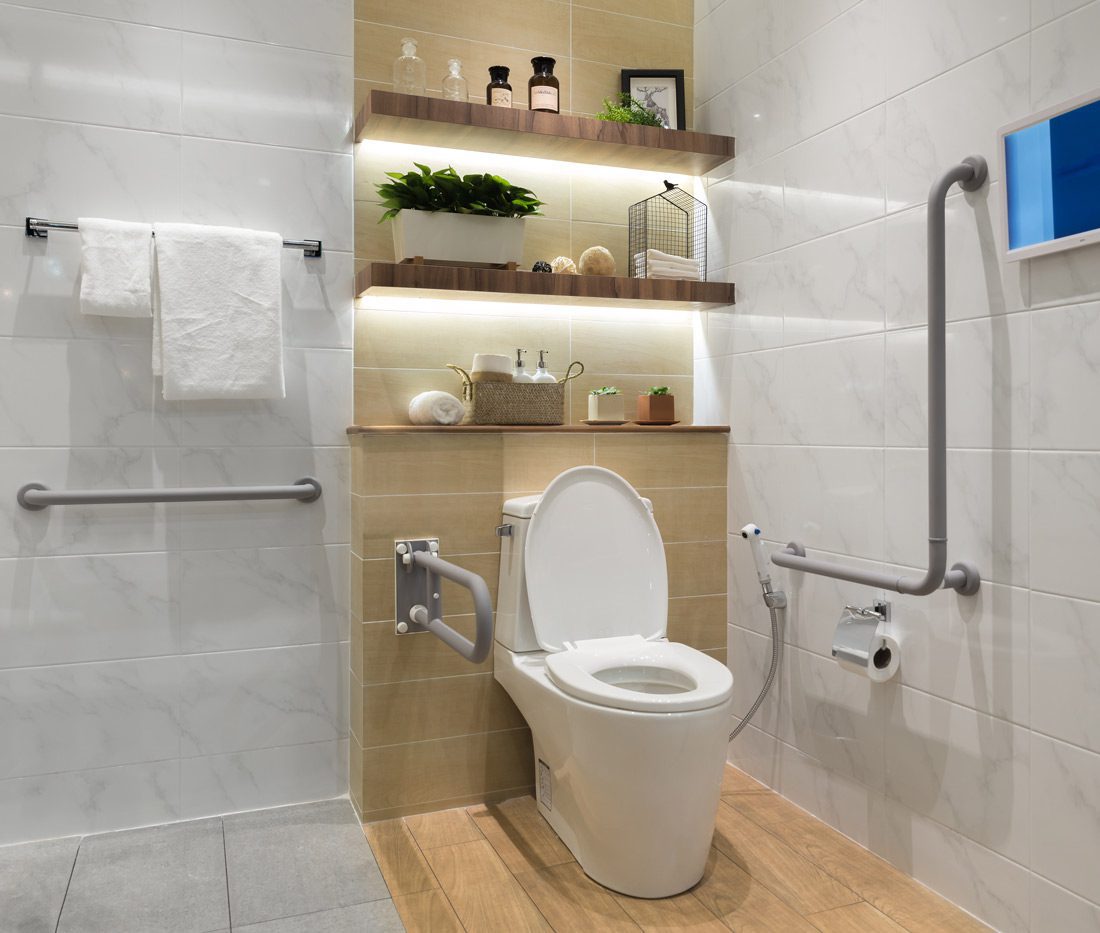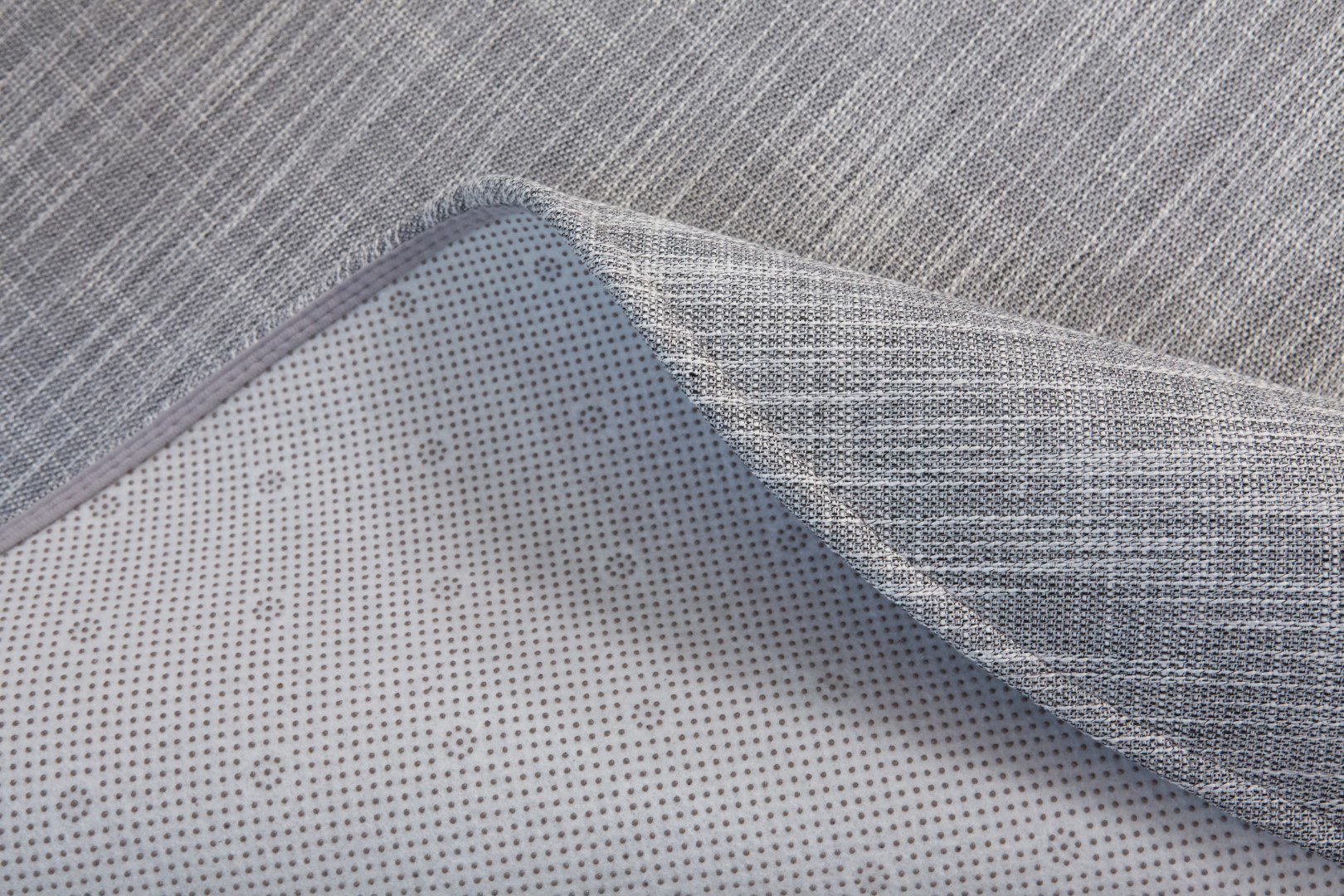INDEPENDENCE
What is Aging in Place?

What does aging in place mean? Well, it means making homes senior-friendly with renovations and modifications. As people live longer and have more resources in retirement, aging in place is becoming more and more popular.
Premier Aging in Place is a certified aging in place specialist that offers all the renovations you need while also paying attention to style. Together, we’ll ensure your golden years are golden.
From the very first time you receive the keys to your home, through all the memories over the years, getting around the house becomes second nature. As we age, some of the same ways we navigate our homes become challenging, and require some adjustment to both our behavior, and physical modifications. As a certified Aging in Place builder, we cover all aspects of aging in place home modifications from top to bottom, with every corner of the home uniquely considered for every client.
Here are some of the main areas of the home that may require adjustments, or modifications to adapt to independent senior living:
Customizing Kitchen for Aging in Place
The kitchen is a centerpiece of family life, and the ability to see family regularly is one of the most attractive parts of aging in place. So let's make the kitchen as convenient as possible with age in place new construction. First, sharp countertop angles are easy to bump into. They're often level with the waist, which means colliding with one could lead to hip injuries. Installing countertops with round corners is a simple staple of aging in place designs that helps avoid this issue.
Functional & Safe Senior Kitchens
Pull out pantries are a great addition to any kitchen. They allow you to see all your items at once, and - since seniors won't have to reach to get what they need - are a good choice for an aging in place kitchen that will prioritize function and safety.
Use drawers instead of doors where possible as, just like with the pull out pantries, you can see everything at once and won't have to reach.
Have your sink close to the stove - this way you won't have to carry pots of water a far distance and strain your arms, or risk spilling any on the floor.
As we age, vision tends to worsen. That's why countertops that don't reflect light are the best option for an aging in place kitchen. Non-glare floors are also ideal.

Bathroom Modifications for Aging in Place

An Aging in place restroom can be designed with both function, as well as elegance and beauty.
If a person does start to lose their balance, bathrooms don't usually have anything reliable to grab onto - they may try to grab onto a towel rack or sink top, things which aren't designed to support their body weight.
In order to make a bathroom as safe as possible, then, a successful aging in place bathroom design must accomplish four things:
- Ensure ease of access to the tub/shower
- Provide grab bars to hold onto
- Make it easier to sit on/stand up from the toilet
- Reduce Slippage
Let's look at how Premier Aging in Place renovations can help you do just that.
Keep in mind, the needs of seniors will change over time, and pre-planning for accommodations that may not be required right away may be worth considering to prevent disruption or cost in later years.
Bathroom Modifications for Aging in Place

Ensure Ease of Access to the Tub/Shower
First, you may opt for a walk-in shower - these don't have tubs, allowing you to enter without climbing over a wall. If you're someone who enjoys the occasional bath, though, a walk-in tub is another option.
These have a door that opens and closes as needed, which again allows for you to walk in without lifting your legs over the tub wall. If you want to keep the tub you already have, a transfer bench can help you lift your legs over the tub wall from a sitting position so that you don't have to worry about losing your balance.
Finally, you don't always need to stand when taking a shower. Shower chairs paired with a handheld showerhead make it possible to bathe yourself from a sitting position

Provide Grab Bars to Hold Onto
Grab bars are specifically designed to support a person's body weight and should be placed in the shower. They’re a simple but critical component of aging in place home remodeling.
When it comes to shower handles for seniors, bolted on bars are preferable to suction bars, as these can easily detach from the wall with enough force - you don’t need an aging in place specialist certification to see how important having the right type of handles is!
You probably already notice yourself leaning on certain spots when you feel unbalanced. These will be the best places to put grab bars as you'll instinctively reach for them.

Make it Easier to Sit & Stand Up From the Toilet
As leg muscles get weaker, seniors may have trouble sitting down on the toilet. One problem is it's often too low for them to reach. A raised toilet seat - one that adds 3 or 4 inches in height - can help immensely.
As for getting up again, grab bars on either side of the toilet can help provide the leverage and balance necessary to stand up seat without falling.
When these matters are considered, and accommodated for early in the aging in place planning process it could potentially prevent accidents, or discomfort while transitioning to independent senior home living.

Reduce Slippage
The bathroom is potentially one of the most slippery, and hazardous areas in the house, due to the amount of moisture that can collect on floors and surfaces. Non-slip rugs should be placed in the shower as well as in front of it to protect against falls.
Rubber flooring or anti-slip tiles can cover the entire bathroom floor, pretty much getting rid of the "slippery bathroom floor" problem
Any rugs you have should also be secured to the floor with rug tape, so with regular use they do not shift or bunch up and possibly cause a tripping hazard.
Make Your Home Wheelchair or Walker-Friendly
A Holistic approach to aging in place house plans are critical here. First, if you have an exterior staircase, installing a ramp will be necessary.
Once inside the home, we’ll widen doorways so that you can make it through without any hassle. The accepted size for a wheelchair-friendly door is 36 inches. Construction isn't always required to widen a doorway to this size - offset hinges make it so the door can open farther, creating more space.
Next, replacing any wood floors is a good idea, as these will wear down easily with continual wheelchair use. Obviously, nappy carpets should go too as they're not as easy to move over in a wheelchair. The same goes for walkers. Ceramic or vinyl are ideal floor types for both wheelchairs and walkers, as they're easy to glide over.
In the kitchen, the sink and cabinets will have to be lowered to permit easy access.
In the bathroom, the sink should be lowered as well. Walk-in or low threshold tubs are the best option for those using wheelchairs or walkers.
.

Technology for Aging in Place

Medical Alert Systems
Medical alert devices may come in the form of bracelets, necklaces, or even apps on a smartphone. They are connected to a care provider and can automatically detect falls and alert them.
These devices can literally save a life and so are an absolutely essential piece of aging in place equipment.
Automatic Medication Dispensers
These devices will dispense medication at a set time every day to make it so seniors don't even have to remember when to take them.
Smart Home Devices
Smart home devices such as Alexa can make life easier for everyone, including seniors who want to age in place. Having one can mean you don't have to get up or down to turn off the lights or TV. You can call friends and family with a voice command, or even order groceries without leaving the home!